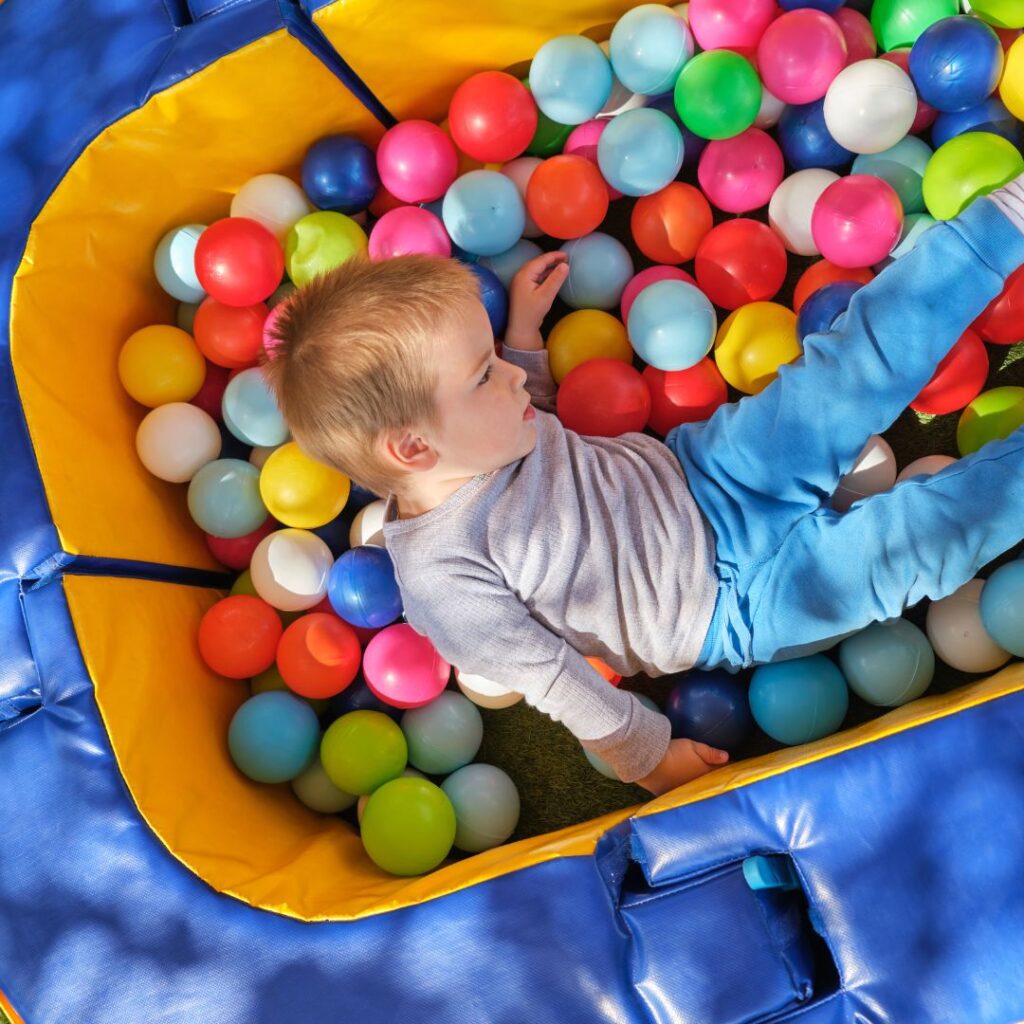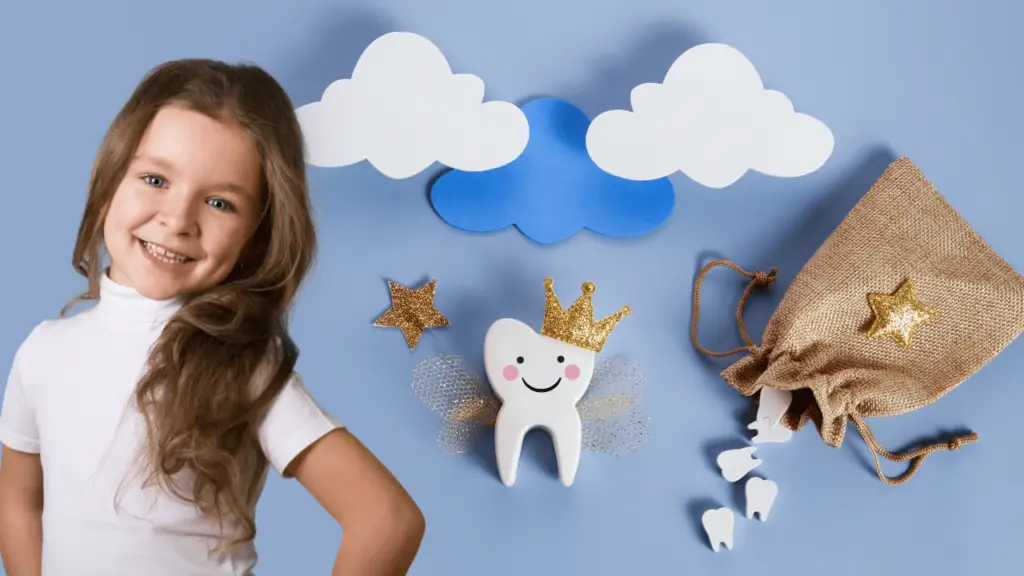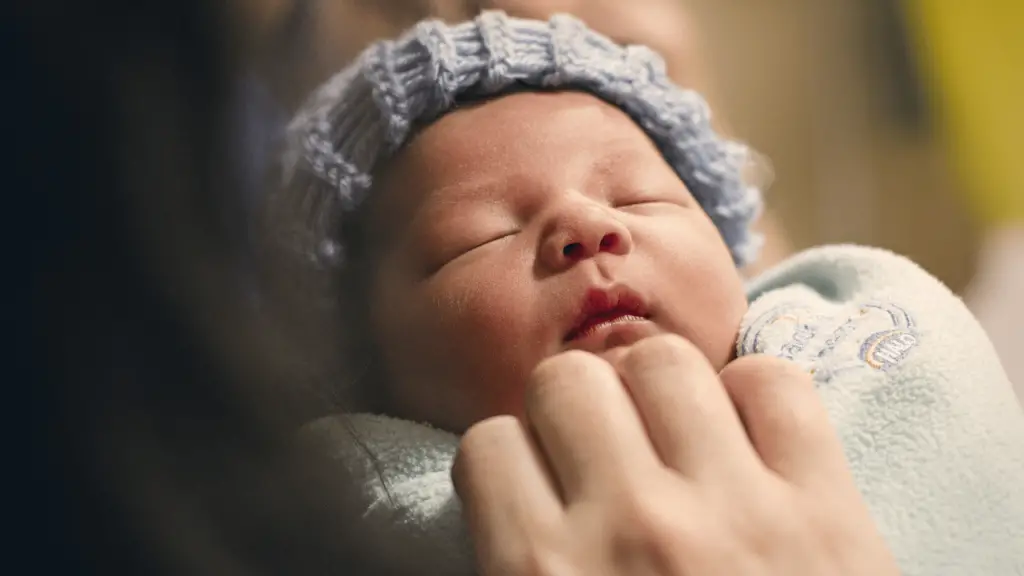Navigating the Safety of Ball Pits for Babies: Benefits and Risks Explored
Ball pits have become a ubiquitous feature in many indoor playgrounds and recreational centers, offering children a fun and stimulating environment to play in. However, when it comes to babies, parents often have concerns about the safety of these colorful and inviting play areas. In this article, we’ll explore the safety of ball pits for babies, examining both the benefits they offer and the potential risks involved.
Are ball pits safe for babies?
Yes, ball pits can be safe for babies if appropriate safety measures are taken, such as using age-appropriate balls, regular cleaning, supervision, and proper installation.
Benefits of Ball Pits for Babies
Ball pits can provide several benefits for babies’ development:
Sensory Stimulation
Babies are naturally curious, and sensory stimulation plays a crucial role in their early development. The vibrant colors and different textures of the balls in a ball pit can engage their senses, helping to promote cognitive development.
Motor Skill Development
Crawling, reaching, and grasping for the balls can help babies improve their motor skills and coordination. The soft and cushioned environment of a ball pit also allows them to explore movement in a safe and supportive way.
Social Interaction
Ball pits provide an opportunity for babies to interact with other children in a playful setting. This can help foster social skills such as sharing, taking turns, and cooperative play, which are important for their overall social development.
Potential Risks Associated with Ball Pits
While ball pits offer many benefits, there are also potential risks to be aware of:
Bacterial Contamination
Ball pits are difficult to clean thoroughly, and studies have found that they can harbor a variety of bacteria, including potentially harmful pathogens. Babies who put balls in their mouths or have open cuts or sores are particularly vulnerable to infection.
Choking Hazards
The small size of the balls in a ball pit poses a choking hazard for babies, especially those who are still exploring objects with their mouths. Accidental ingestion of balls can lead to choking or intestinal blockages, which can be life-threatening.
Injuries
Despite their soft appearance, ball pits can pose a risk of injury, especially if babies are not supervised closely. Falls, collisions with other children, or getting trapped under the balls are all potential hazards that parents should be aware of.

Safety Measures for Using Ball Pits
To minimize the risks associated with ball pits, parents can take the following precautions:
Regular Cleaning and Disinfection
Choose facilities that maintain strict hygiene standards and regularly clean and disinfect their ball pits. If using a ball pit at home, clean the balls frequently with soap and water or a mild disinfectant solution.
Age-Appropriate Balls
Ensure that the balls in the ball pit are large enough to prevent choking hazards for babies. Avoid using balls with a diameter smaller than 2.5 inches, and inspect them regularly for signs of wear or damage.
Supervision
Always supervise babies and young children when they are playing in a ball pit. Stay within arm’s reach to prevent accidents and intervene if necessary.
Conclusion
In conclusion, ball pits can offer babies a fun and stimulating play experience, but parents need to be aware of the potential risks involved. By taking appropriate safety measures and supervising their children closely, parents can help ensure that their babies can enjoy the benefits of ball pits safely.
FAQs
Babies can typically start playing in ball pits around 6 to 12 months of age, once they have developed sufficient head control and motor skills.
Ball pits should ideally be cleaned and disinfected daily, especially in high-traffic areas. At home, balls can be cleaned weekly or as needed.
Yes, there are inflatable ball pits designed specifically for babies and toddlers, which offer a smaller and more controlled environment for safe play.
If your baby swallows a ball or shows signs of choking, seek immediate medical attention. Stay calm and follow the instructions of emergency medical personnel.
Yes, you can create a DIY ball pit using a large container or kiddie pool filled with plastic balls. Just be sure to follow safety guidelines and use age-appropriate balls.


